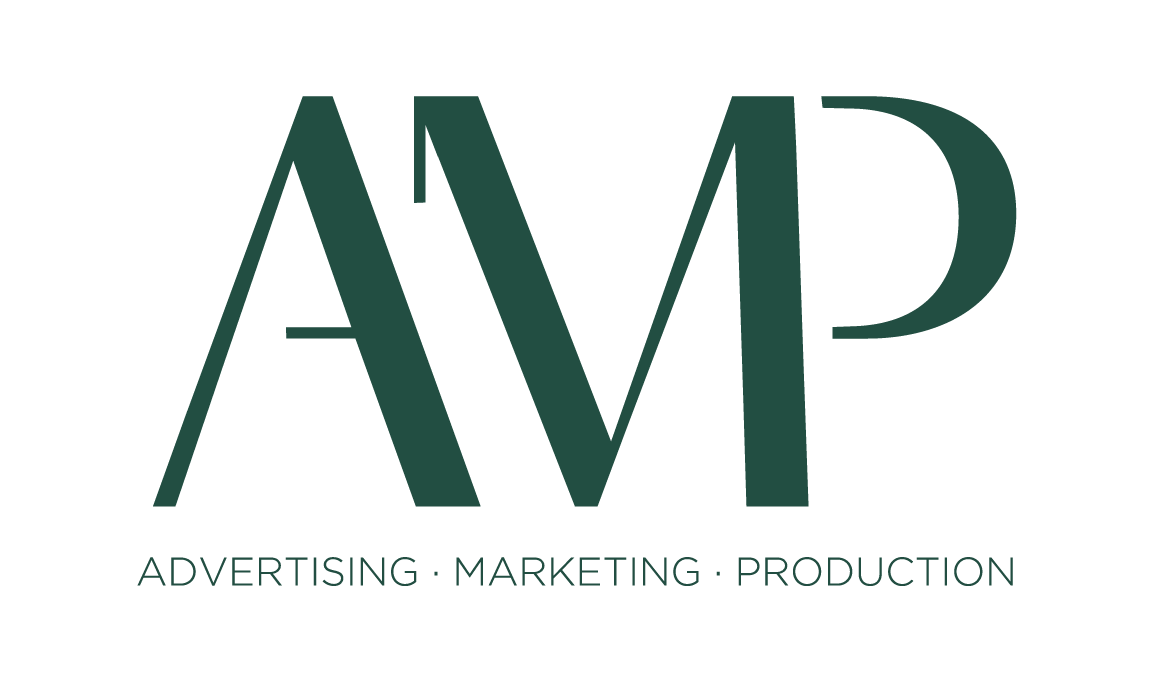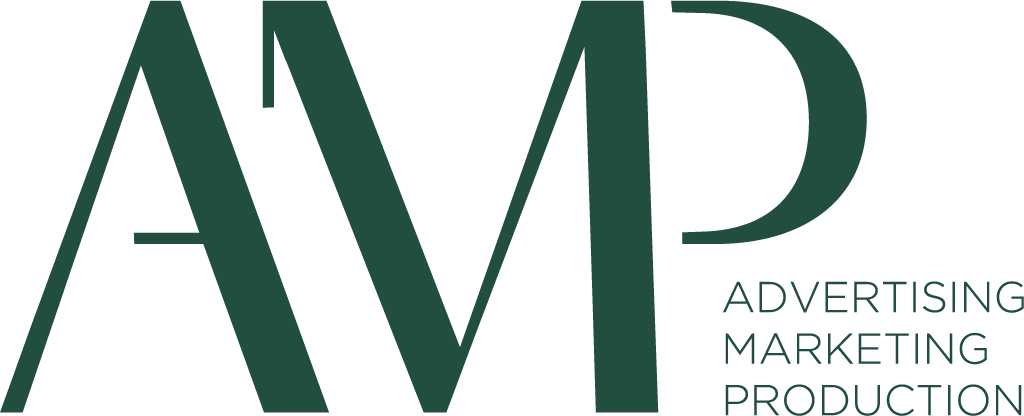Traditional Versus Digital Advertising: The Pros and Cons
In today’s fast-paced digital world, businesses have a plethora of options when it comes to advertising. The traditional methods, such as print ads, radio ads, and television commercials, have been around for decades. On the other hand, digital advertising, which includes social media ads, email marketing, and pay-per-click (PPC) ads, has taken the world by storm. While both methods have their advantages and disadvantages, which one should businesses choose?
Traditional Advertising: Pros and Cons
Traditional advertising has been around for a long time, and it has proven to be effective. For instance, print ads can be seen in newspapers, magazines, and billboards. Radio ads can be heard while driving or listening to music. Television commercials can be seen during a show or movie. These methods are familiar to consumers, and they are generally considered more trustworthy than digital ads.
However, traditional advertising can be quite expensive, and it is often difficult to measure the success of a campaign. Businesses have to pay for the production of ads, and then they have to pay to have them placed in newspapers, on billboards, or on television. Additionally, it is difficult to know how many people saw the ad, let alone how many people were influenced by it.
Digital Advertising: Pros and Cons
Digital advertising is relatively new compared to traditional advertising, but it has quickly become the go-to method for many businesses. Social media platforms, such as Facebook, Twitter, and Instagram, have millions of users, making them an attractive option for advertising. Email marketing is another popular method that is affordable and easy to measure. PPC ads, which are ads that appear at the top of search engine results pages, are effective at targeting people who are actively searching for a specific product or service.
One of the biggest advantages of digital advertising is that it is highly targeted. Businesses can target specific demographics, such as age, location, interests, and behaviors. This means that the right people are seeing the ad, which can lead to more conversions. Additionally, digital advertising is often less expensive than traditional advertising, and it is easier to measure the success of a campaign. Businesses can track how many people clicked on an ad, how many people made a purchase, and how much revenue was generated as a result of the ad.
However, digital advertising has its drawbacks as well. Consumers are often bombarded with ads on social media platforms, and they may become annoyed by them. Additionally, ad blockers can prevent people from seeing ads altogether. Finally, digital advertising requires a lot of knowledge and expertise to be effective. Businesses need to know how to create effective ads, how to target the right people, and how to measure the success of a campaign.
Traditional and digital advertising both have their advantages and disadvantages. Traditional advertising is familiar, trustworthy, and can reach a wide audience, but it is expensive and difficult to measure the success of a campaign. Digital advertising is highly targeted, less expensive, and easier to measure, but it requires a lot of expertise and can be annoying to consumers. Ultimately, businesses need to weigh the pros and cons of each method and choose the one that works best for their needs and budget.


